Rey (King)
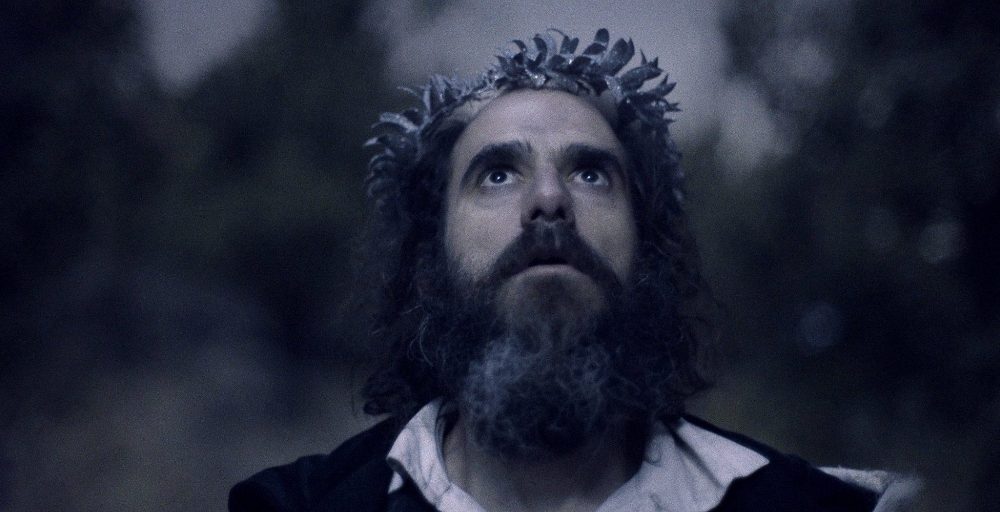
Evocative and surreal, Niles Atallah’s Rey (King) is a poetic, conceptual interpretation of an obscure but true story. During the 19th century, French lawyer and nobleman Orélie-Antoine de Tounens sailed to South America with the intention of colonising the Mapuche tribes and becoming their king. With a written constitution in hand, he travelled tirelessly on foot, battling the hardships of an untamed environment, seeking to rule these indigenous people, but also to care for and defend them – with the idea of obtaining their independence from Chile. He created a flag, produced coins and established a cabinet with ministers. Intercepted by Chilean authorities, he was threatened with execution, though he was eventually exiled back to France.
De Tounens (Rodrigo Lisboa) was considered to be completely insane, which is evident in the movie’s characterisation – combined with frantic, erratic, psychedelic imagery representing madness, and perpetually repetitive and overlapping speech, symbolic of a jumbled mind on the verge of collapse. The constant rush of irrational expression is fascinating and at times irritating, lending realism to the painful yet also tedious manifestations of a crumbling psyche.
Very theatrical with a nightmarish tone, the film suggests influences such as Louis Buñuel, David Lynch and Stanley Kubrick. The characters often wear crude masks and are puppet-like in their movements, emphasising their roles as abstract, symbolic figures in service to the whole rather than being central to the storyline. De Tounens’s crown appears to be made of thorns giving him a Christ-like countenance, and religious themes are echoed throughout, possibly offering a view of religion as delusion and self-sacrifice as an alibi for exploitation. There are references to witchcraft via recurring motifs such as horses’ heads and frequent eerie, ominous sounds recalling Lynch’s Eraserhead and Kubrick’s Eyes Wide Shut.
Often using simulations of vintage cinema, Atallah employs scratchy antique visuals (camera: Benjamín Echazarreta) and sounds (Roberto Espinoza, Sebastián Jatz Rawicz) suggesting historical documentary combined with a predominantly dreamlike surrealism. These elements might be perceived as occasionally overdone, but are perhaps intended to mirror both the deterioration and excesses of De Tounens’s mind.
Melding film with performance art, at times incorporating semblances of abstract painting, Rey is highly innovative as an experimental creation. Thought-provoking and intriguing, one might interpret it primarily as an artistic work rather than entertaining narrative. As such it is a piece that should be viewed more than once.
Catherine Sedgwick
Rey (King) is released in selected cinemas on 5th January 2018.
Watch the trailer for Rey (King) here:

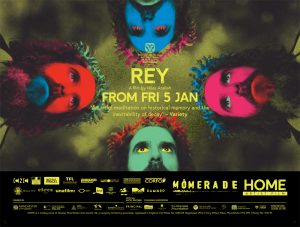
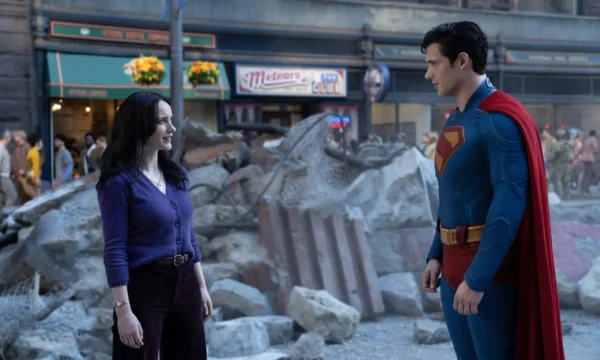




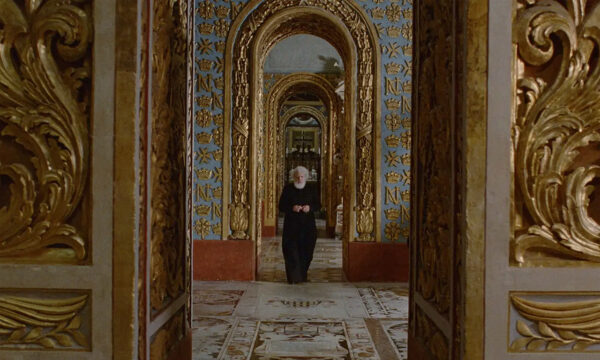
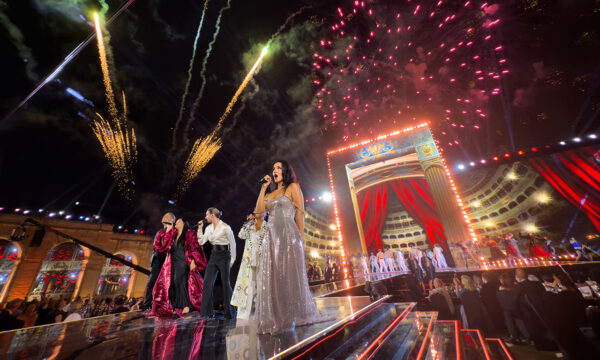















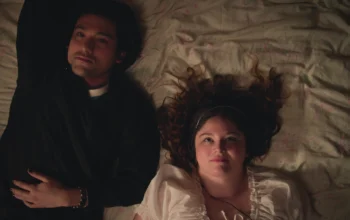

Facebook
Twitter
Instagram
YouTube
RSS